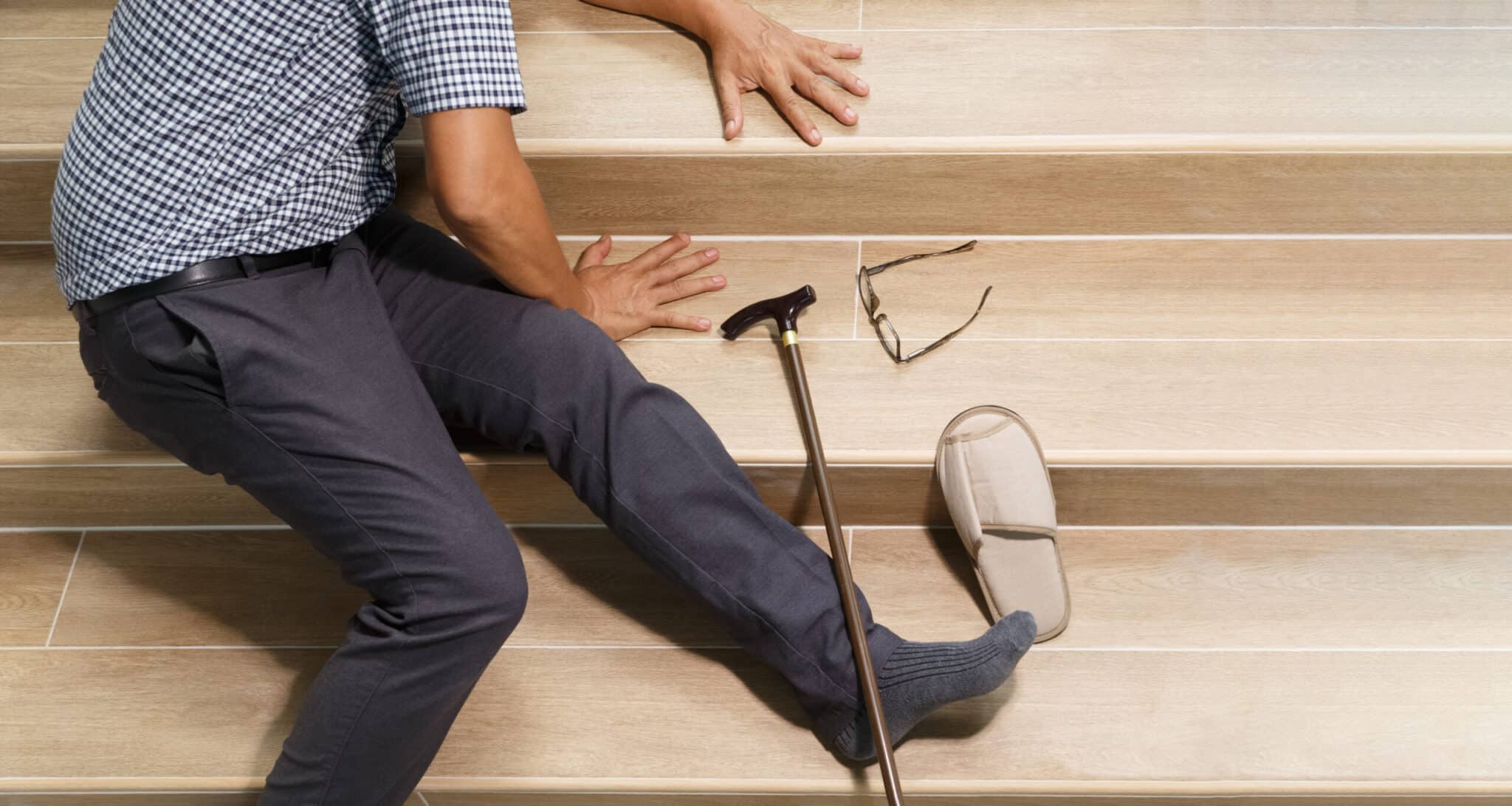
According to the Centers for Disease Control and Prevention (CDC), falls in the home are now the leading cause of both fatal and non-fatal injuries to senior citizens, with the direct cost of fall-related incidents totaling $31 billion annually. Unfortunately, there are a lot of negative consequences of falls in the elderly.
In addition to the financial impact of a fall injury, concussions and other brain injuries, broken bones, or cuts and bruises can make physical recovery difficult or impossible for a senior citizen. Many seniors also experience depression and anxiety after a fall or isolate themselves because they’re afraid they’ll fall again.
Whether a senior is living on their own or in a senior living home, there are risk factors that can lead to a fall, and sadly, falling once doubles the chances of a senior falling again.
The risk factors associated with a fall-related injury include:
- Broken steps or damaged flooring
- Medicines such as tranquilizers, sedatives or antidepressant
- Drug interactions or improper dosing
- Lower-body weakness and difficulty balancing
- Vision or inner ear issues
- Foot pain/poor footwear
The loss of health, independence, and mobility can be devastating for anyone, yet it doesn’t take much to ensure that older adults are safe in their homes.
Families and loved ones can help seniors live longer, healthier lives by paying attention to reducing risk factors. Fortunately, many causes of fall injuries are preventable, such as removing clutter and tripping hazards or using a non-slip mat in the bathtub or shower.
If you or a loved one suffered an injury resulting from a fall, whether on private or public property, speak with a skilled attorney in your state who can help determine if you have a case.
